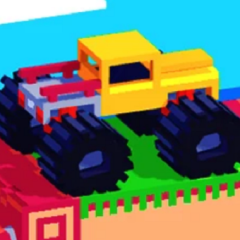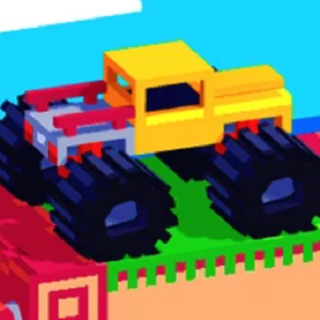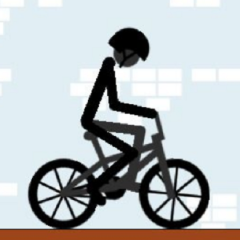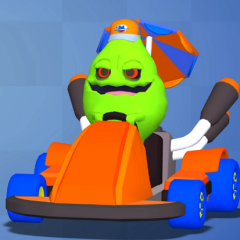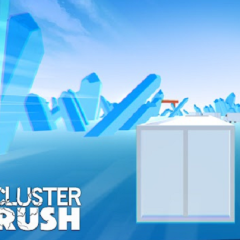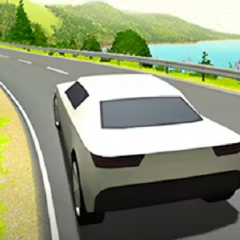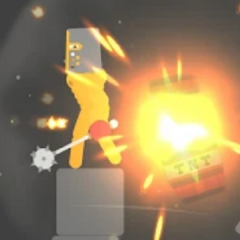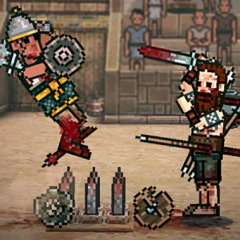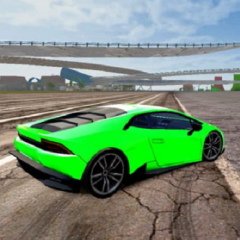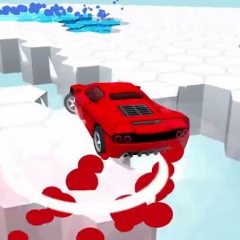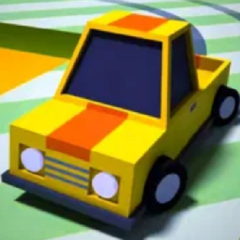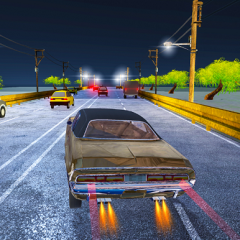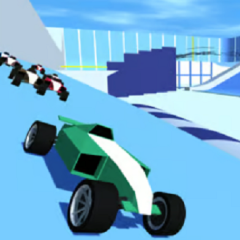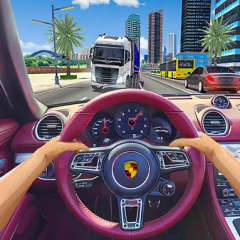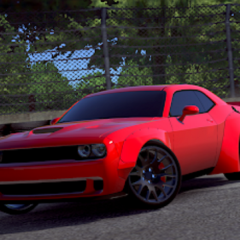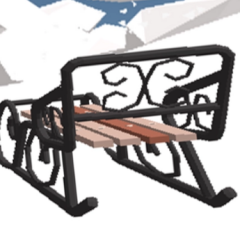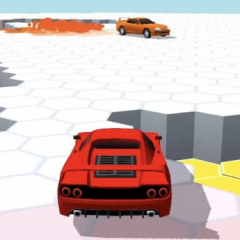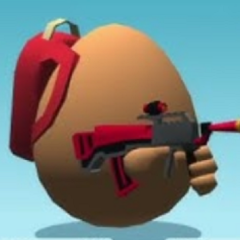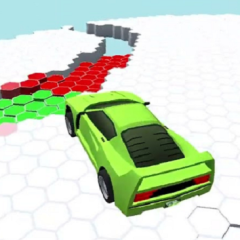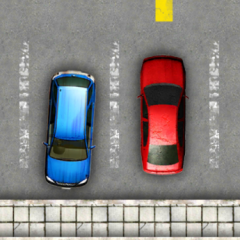Drive Mad is a physics-based driving game where players navigate unstable vehicles across obstacle-filled tracks. The main challenge comes from keeping the vehicle upright as it bounces, flips, and slides across platforms, ramps, and gaps. The objective of each level is to reach the finish line without flipping over or crashing. Because each vehicle handles differently and the terrain changes often, players must adjust their approach constantly. Mastering acceleration and balance becomes key to clearing even the earliest stages.
Variety in Level Design and Vehicle Types
Each level in Drive Mad introduces new mechanics, vehicles, or hazards. Some levels feature tall trucks that tip easily, while others include small cars with limited traction or experimental machines that pivot in strange ways. Tracks range from simple ramps to moving platforms, collapsing bridges, and rotating segments. The game frequently shifts control expectations, requiring players to adapt quickly and rethink their driving strategies. What worked in one level won’t necessarily help in the next.
Physics-Based Gameplay and Controls
The core of Drive Mad lies in its simplified control system: accelerate and reverse. These two inputs interact with the vehicle’s physics in ways that can both help and hinder progress. Going too fast may cause a flip, but going too slow can leave the vehicle stuck on obstacles. Players must learn how different cars react to bumps and slopes, adjusting their inputs accordingly. Success depends on patience, timing, and a steady understanding of how momentum affects balance.
Main Features of Drive Mad:
- Dozens of levels with constantly changing layouts
- Variety of vehicle shapes and handling styles
- Physics-driven control system using only forward and reverse
- Instant restarts after crashes for quick retry
- Browser-based and playable without download
Progress Through Trial and Adjustment
Drive Mad encourages experimentation. Every failed attempt offers information about the terrain, how the vehicle behaves, and what strategy might work better. Because levels are short and restart instantly, the game supports trial and error without delay. There are no penalties for failure, which keeps the focus on problem-solving and movement control. Whether you clear a level on the first try or after ten, each run helps develop a better sense of the game’s unpredictable challenges.

